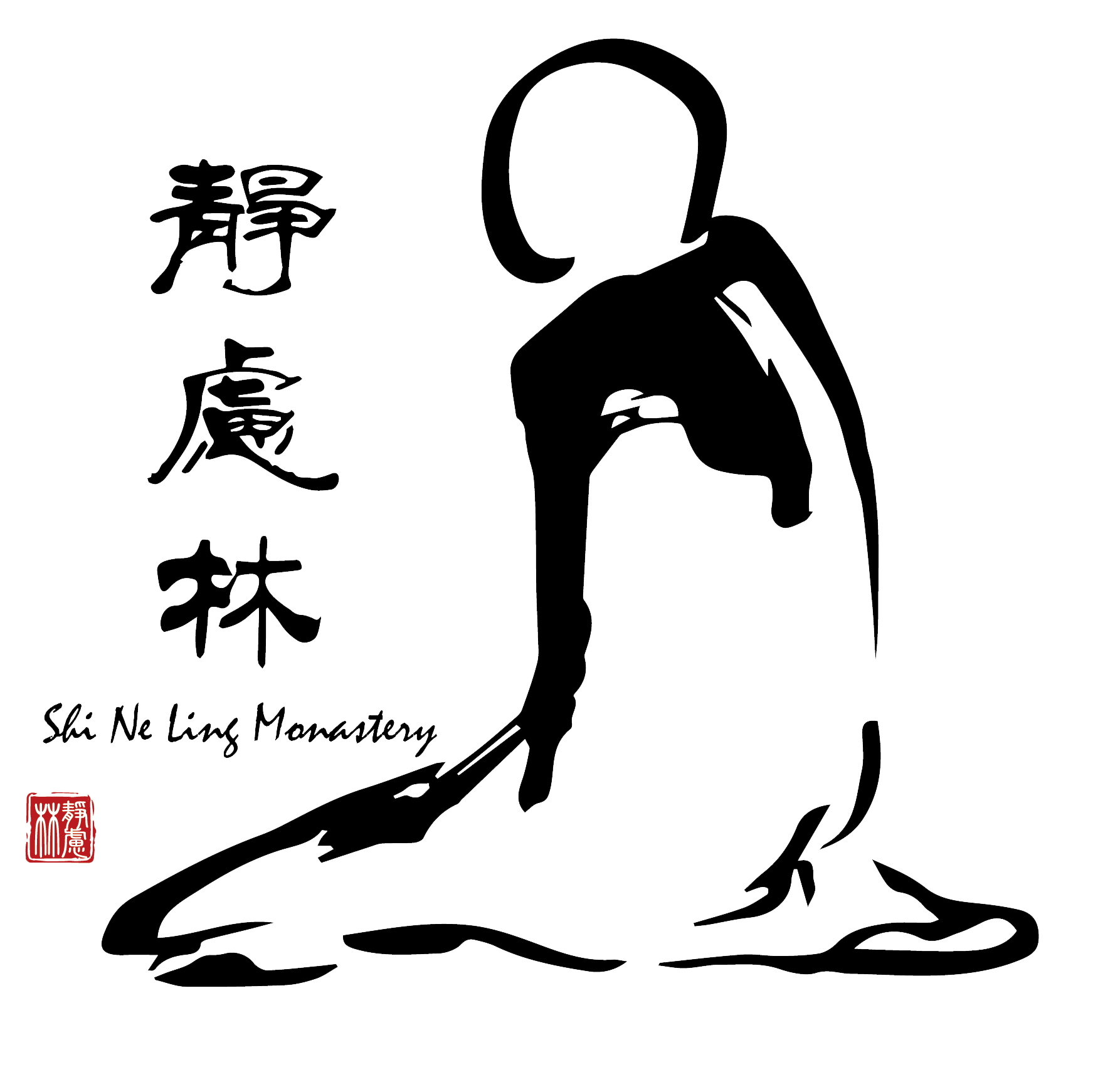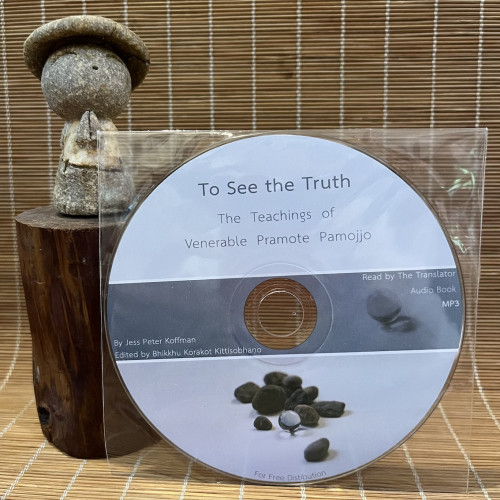Description
The Path to Enlightenment I
Author: Venerable Luangpor Pramote Pamojjo
Translator: Hataitip Devakul
Edited by Punvadee Amornmaneekul, Michelle Asher, Jess Koffman, Rachanee Pongprueksa
Copyright: Wat Suan Santidham
【Preface】
The Path to Enlightenment in Buddhism is entirely concerned with being mindful. There is no alternative path.
To be mindful is the most direct way to free ourselves from the world of conditioned reality, the world of thinking, which hinders us from seeing the Absolute Truth. Once we can separate ourselves from the world of thoughts we will be able to see the true nature of things, how they all arise and then pass away. The mind will evolve and eventually become equanimous, freeing itself from all defilements. It will gain wisdom and understand the Absolute Truth beyond conditioning.
However, this realization cannot be achieved by practicing dhamma with volition, even if the action is wholesome, like giving alms, observing the five precepts, or doing concentration meditation. (These actions are considered unwholesome if done with delusion and craving). Examples are: when stinginess arises, try to overcome it by giving alms. When greed or aversion arises, try to prevent doing physical or verbal harm to others by following the five rules of morality. When Venerable Luangpor Pramote Pamojjo vii distracted or restless, try to calm the mind by doing concentration meditation. When sensual desire arises, try to suppress it by meditating on the decay of corpses. These wholesome actions are good, but cannot eradicate defilements. It is like trying to suppress an illness temporarily with a painkiller instead of finding the cure to eliminate the problem at its root cause.
To arrive at the Absolute Truth, we must first wake up from the world of conditioned reality, encounter all mental and physical phenomena, even of the most unwholesome varieties, with a completely unbiased mind, without being transfixed or getting lost in thoughts. This is the only way in which conditioning can be minimized, until finally diminished altogether. Only then will the Absolute Truth be revealed. But to be awakened from the world of thinking is something we are not used to. This is why it is so important to study, understand, and begin the mindfulness practice with an open mind.
This book is a compilation of writings by His Venerable Luangpor Pramote Pamojjo who, when the book was first published on November 1, 2001, was still a layperson by the names of Pramote Santayakorn, Santinun, and Ubasok Niranam. All four chapters share one common theme, mindfulness The Path to Enlightenment I viii practice, in varying degrees of difficulty. Chapter 1, “For You, the Newcomer: A Simple and Ordinary Essay on Dhamma”, is for any interested reader and does not contain any difficult Buddhist terminology. Chapter 2, “A Brief Guideline for Practicing Dhamma”, is an elaboration of the first chapter. Chapter 3, “A Guideline for Practicing Dhamma”, explores an approach in mindfulness practice of a student under the guidance of Pra Ratchavutajarn (Luang Pu Dune Atulo). Chapter 4, “Observation of the Mind: Meaning, Method and Outcome of the Practice” is an explanation of mindfulness practice in academic terms with Pali vocabulary so that practitioners and those who study the scriptures can come to a common understanding.
May all Buddhists find this Path to Enlightenment, the Path that the Buddha has so carefully paved for us all.
【Table of Contents】
CHAPTER 1: For You, the Newcomer: A Simple and Ordinary Essay on Dhamma——-2
CHAPTER 2: A Brief Guideline for Practicing Dhamma————————-12
CHAPTER 3: A Guideline for Practicing Dhamma (by Pra Ratchavutajarn (Luang Pu Dune Atulo)——————–24
CHAPTER 4: Observation of the Mind: Meaning, Method and Outcome of the Practice—————54
About Venerable Luangpor Pramote————————————–68
【About Venerable Luangpor Pramote Pamojjo】
Luangpor or Luang Por literally means “Revered Father” This is the title of respect that Thai people address an older monk.
Luang Por Pramote Pamojjo is a highly respected and appreciated Dhamma teacher. His teachings are especially appealing to modern urban people, helping them to become successful mindfulness and insight practitioners despite their busy lifestyles.
Although he offers a complete practice, emphasis is given to the development of strong mindfulness for effective Vipassana Practice. He teaches that Samatha (concentration meditation) and Vispassana (insight meditation) are interdependent and that both are necessary for Dhamma practice, provided there is an understanding of when and how to use them effectively.
He teaches the Dhamma to avid practitioners looking to truly understand the middle way and to progress in their practice. Bangkok residents set out on an hour and a half drive in the darkness of the early morning to arrive before sunrise and line up outside Luang Por’s center to get a good seat to listen to his teachings, express their concerns regarding their own practice and receive individual advice – a custom that has been coined “submitting their homework” for the headmaster to fine-tune or modify.
Luangpor’s style is easy, relaxed and intuitive. This allows him to guide the meditators in developing the skills they need to apply to his teaching and become self-sufficient Dhamma practitioners.
He has had many teachers in the Thai forest monk tradition, but regards Luangpu Dune as his primary teacher. Luangpu Dune was one of the first students of the legendary Ajahn Mun Bhūridatto.
Luangpor Pramote lives at Wat Suan Santidham where he guides his own monks, visiting monks and his large lay Sangha.




